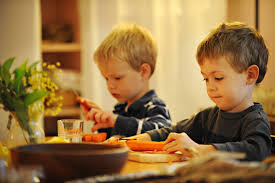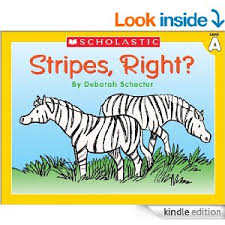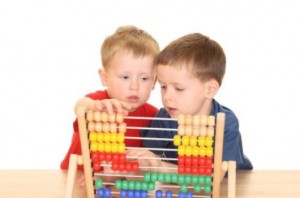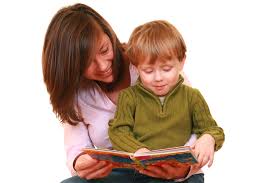Welcome back to CREATING A LEARNING ENVIRONMENT.
We started our blog series,”Information and advice to help your child in school” last week. This week we have Part 2. In this week’s blog we have put together 5 insightful articles from Creating A Learning Environment that will help parents with support, advice and tips to ensure their child is reaching their potential. The articles cover a variety of topics in order to give specific assistance to all parent’s concerns.
1. Reading Levels
A reading level (whether it be a number, colour or letter, depending on the book) indicates to the teacher what type of reader the child is. A child could be a beginner reader, emergent (developing) reader or an independent reader. The level is usually displayed at the front or back of the book. A reading level is given by a teacher who has conducted a “running record”, which is a reading assessment tool. Click on the link below to get essential information about reading levels.
What K-2 teachers want you to know: Reading Levels
2. Addition and Subtraction
Children need to have many opportunities to problem solve using mental strategies before they are exposed to more rigid, procedural strategies. We want our children to approach each Mathematical task creatively and critically. The link below shows addition and subtraction strategies that will benefit your young child. I like to think of these as tools for your child’s problem solving toolbox. Each tool has a different purpose and when used correctly can help a child solve a number problem successfully.
Teaching Mathematics to Young Children: Addition and Subtraction
3. Reading strategies
Teaching children about reading strategies is equipping them with tools to solve reading problems. Using reading strategies effectively will help children become confident, fluent and expressive readers who develop a love of reading. By clicking on the link below, you will read about effective reading strategies that will benefit your child.
How to read with your child – Reading Strategies
4. Print Concepts
In order for children to read they need to know how a book works. This is what teachers call “Print Concepts”. Most children are expected to know about some of these concepts prior to starting school, while others are developed through Kindergarten and Year 1. In NSW schools, children are tested on their knowledge of Print Concepts at the beginning of Kindergarten, end of Kindergarten, Year 1 and at any other point for “at risk” readers (children not meeting benchmarks). It is important for parents to have a good understanding about Print Concepts in order to help develop their child’s understanding of them. Most parents refer to print concepts while reading to their child without even realising it. Below is the link to the Print Concepts article.
How to read with young children: Print Concepts
5. Place Value
Place value is the understanding of “where” a digit is in a number and knowing the value of it. For example, in the number 6 023, the place value of 2 is “tens” and in the number 2.43, the place value of 3 is “hundredths”. A solid understanding of place value allows the child to read, write, order and interpret numbers confidently.
Below is a list of the growth points of “place value” that children should move through and parent tips of how to support their child at home to achieve a given growth point.
Teaching Mathematics to Young Children – Place Value
Hopefully these five articles has given you some guidance and understanding when helping your child grasp literacy and numeracy concepts.
Next week, Part 3 of the series will be available with another 5 educational articles to help parents.
Until next time …
Kelly Pisani





